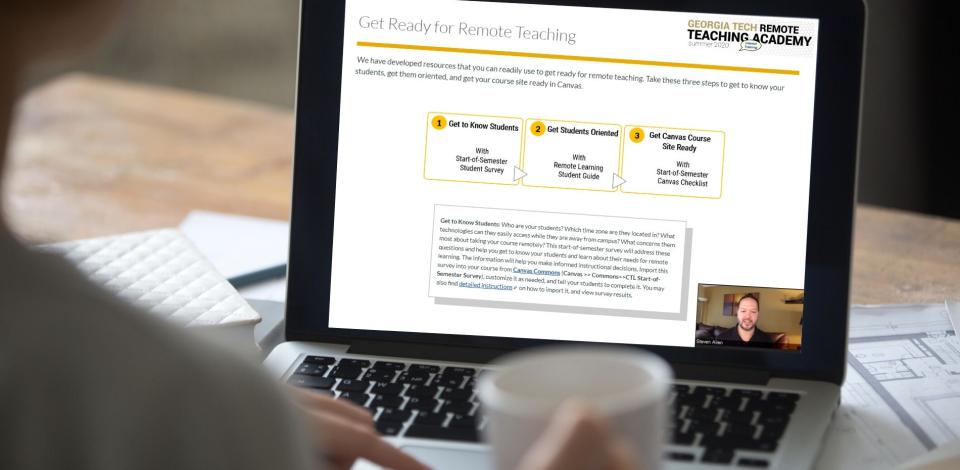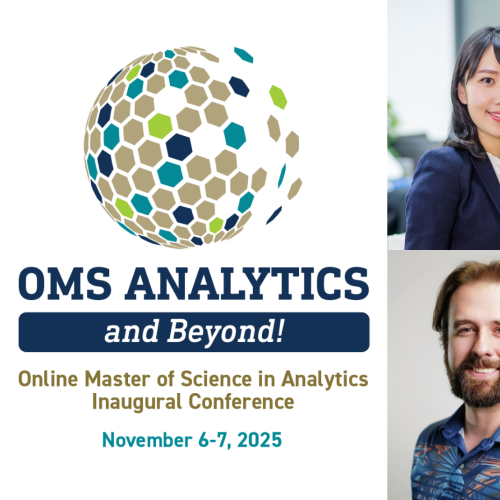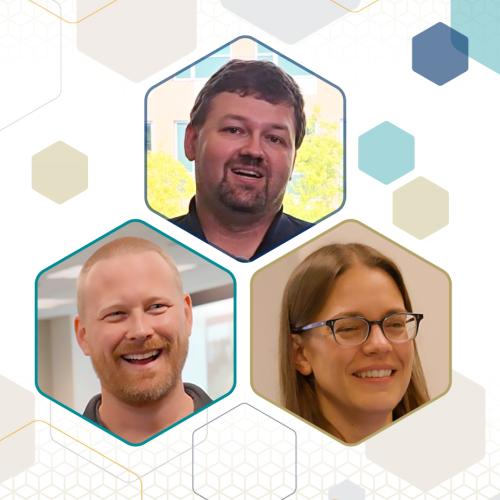Teaching Reloaded: Training Faculty for a Remote Setting
GTPE's long-standing experience with distance learning positions the Institution for success

Effective online learning requires thoughtful design and planning, typically taking several months to develop a single course. Instructional designers, who have training and a master's degree in quality course design, use educational theory and instructional models to guide the design and delivery so that it systematically supports the desired learning outcomes. That process is quite different than what most faculty follow when teaching inside of a traditional classroom.
In the wake of the transition to emergency remote learning due to the COVID-19 outbreak, and facing the start of a new semester, a workgroup from the Georgia Institute of Technology determined the need for a training program that would support faculty as they navigated the realities of this new learning environment.
Alongside other leaders across campus, two members of the executive leadership team from Georgia Tech Professional Education (GTPE), the Institute's lifetime learning arm with over 40 years of experience in distance education, quickly got to work developing such a program. Nisha Botchwey, associate dean of academic programs, and Yakut Gazi, associate dean for learning systems, served as co-directors.
Leaning on GTPE's long-standing expertise in remote learning and online education, their collective goal was to develop a more purposeful and proactive platform to prepare faculty for instructional delivery over the summer term.
In record time, the group developed the Georgia Tech Remote Teaching Academy, which provides a broad training regime for faculty and is designed to ensure quality in teaching activities in a remote setting.
Given the differentiation between the that setting and a typical online experience, it would be unreasonable to impart more advanced learning design skills to a faculty over such a short period. Instead, the Remote Teaching Academy focuses on prioritizing essentials and, since the entire program is contained within 10 to 15 hours of training time, it is much more manageable for faculty to complete.
"There is a clear distinction between this type of delivery and true online, however, the hope is to mimic what happens in a face-to-face on-campus classroom environment," says Botchwey. "Our goal is to leverage technology by using it as a tool to engage students and assess learning."
This goal is impressive, considering all that faculty must learn in such a short time. Ultimately, however, the skills they learn in the Teaching Academy will put them in a far better position for success in their summer courses.
Although the intention is not to create mastery, faculty members should feel better equipped to deliver their instruction through a remote setting after completion of the Teaching Academy.
"Going through this activity is going to put faculty in the mindset toward online delivery, increasing quality and improving the student experience during their course," says Gazi. "We're trying to change the mindset from 'This is what doing in the face-to-face environment' to 'How can I help my students get to the same learning objectives in dramatically different ways?'"
The curriculum offers five asynchronous modules, which include courses in areas from Course Engagement Best Practices to Making Documents Accessible.
The courses are supported by seven synchronistic sessions and the option to request one-on-one sessions with an expert to provide course-specific feedback. This is all combined with a strengthened and expanded team from the service desk ready to provide support as needed.
Currently, over 450 instructors are enrolled. "As a result of completing this program, faculty should gain a fundamental knowledge of design approaches, as well as technologies, for remote teaching," said Gazi.
The efforts of the workgroup, combined with the collective dedication of faculty and the perseverance of students, has moved the Institute from what could have been a standstill, with poor instruction or none at all, to quality delivery.
"I can't think of a better example of pulling together resources and partners in a way that advances the human condition through technology," said Botchwey.
The creation of the Remote Teaching Academy and its benefit to faculty will ensure that this summer semester and beyond continue to provide the quality experience that Georgia Tech has offered for over 100 years.
"This is a prime example of our distributed knowledge coming together and working collaboratively to create a quality product," says Nelson Baker, dean of Professional Education. "We are confident that our instructors will find this experience valuable and that it will positively affect learning outcomes for the students enrolled in courses over the summer."
Additional representation on the development team included the Centers for 21st Century Universities (C21U), Inclusive Design and Innovation, and Teaching and Learning, as well as the Center for Education Integrating Science, Mathematics, and Computing (CEISMC), The Office of Information Technology (OIT) Digital Learning Team, the Georgia Tech Library, and the Summer Semester Office.

